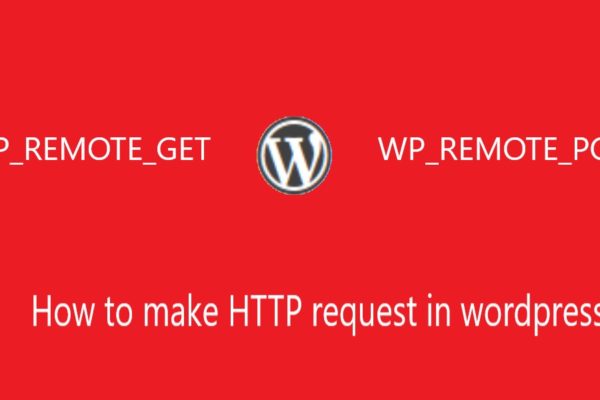Default wordpress user roles and their capability are following…..
1. Administrator
On a regular WordPress install, Administrator is the most powerful user role. Users with the administrator role can add new posts, edit any posts by any users on the site, and even delete those posts.
They can install, edit, and delete plugins as well as themes. Most importantly an administrator user can add new users to the site, change information about existing users including their passwords as well as delete any user (yes other administrators too).
This role is basically reserved for site owners and gives you the full control of your WordPress site. If you are running a multi-user WordPress site, then you need to be very careful who you assign an administrator user role.
We also recommend that you read this article: Should You Give Admin Access to Plugin Developers for Fixing Bugs?
2. Editor
The user role editor in WordPress have full control on the content sections your website. They can add, edit, publish, and delete any posts on a WordPress site which are created by other users. An editor can moderate, edit, and delete comments as well.
Editors do not have access to change your site settings, install plugins and themes, or add new users.
3. Author
The user role author can write, edit, and publish their own posts. They can also delete their own posts, even if they are published.
When writing posts, authors cannot create categories however they can choose from existing categories. On the other hand, they can add tags to their posts.
Authors can view comments even those that are pending review, but they cannot moderate, approve, or delete any comments.
They do not have access to settings, plugins, or themes, so it is a fairly low-risk user role on a site with the exception of their ability to delete their own posts once they’re published.
4. Contributor
The user role Contributors can add new posts and edit their own posts, but they cannot publish any posts not even their own. When writing posts they can not create new categories and will have to choose from existing categories. However, they can add tags to their posts.
The biggest disadvantage of a contributor role is that they cannot upload files (meaning they can’t add images on their own article).
Contributors can view comments even those awaiting moderation. But they cannot approve or delete comments.
They do not have access to settings, plugins, or themes, so they cannot change any settings on your site.
5. Subscriber
The user role subscriber can login to your WordPress site and update their user profiles. They can change their passwords if they want to. They cannot write posts, view comments, or do anything else inside your WordPress admin area.
This user role is particularly useful if you require users to login before they can read a post or leave a comment.
Super Admin
The user role super admin only available on a WordPress Multi site Network. The super admin user role can add and delete sites on a multi site network. They can also install plugins and themes, add users, and perform network wide actions on a WordPress multi-site setup.
Default wordpress user roles and their capability, user roles and capabilities wordpress,user capabilities wordpress,user roles and permissions wordpress,wordpress user roles and capabilities,in wordpress what is the user role with the highest privilege level





